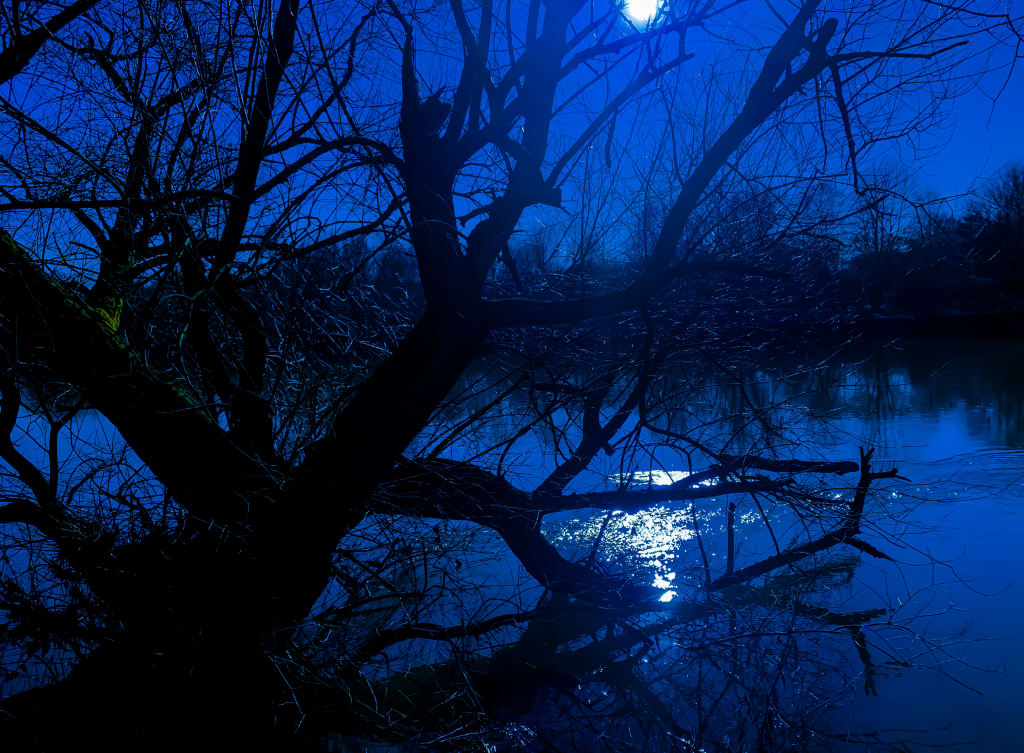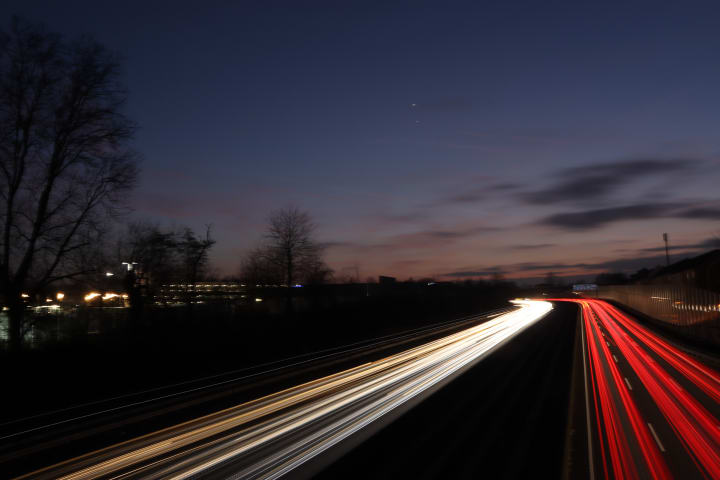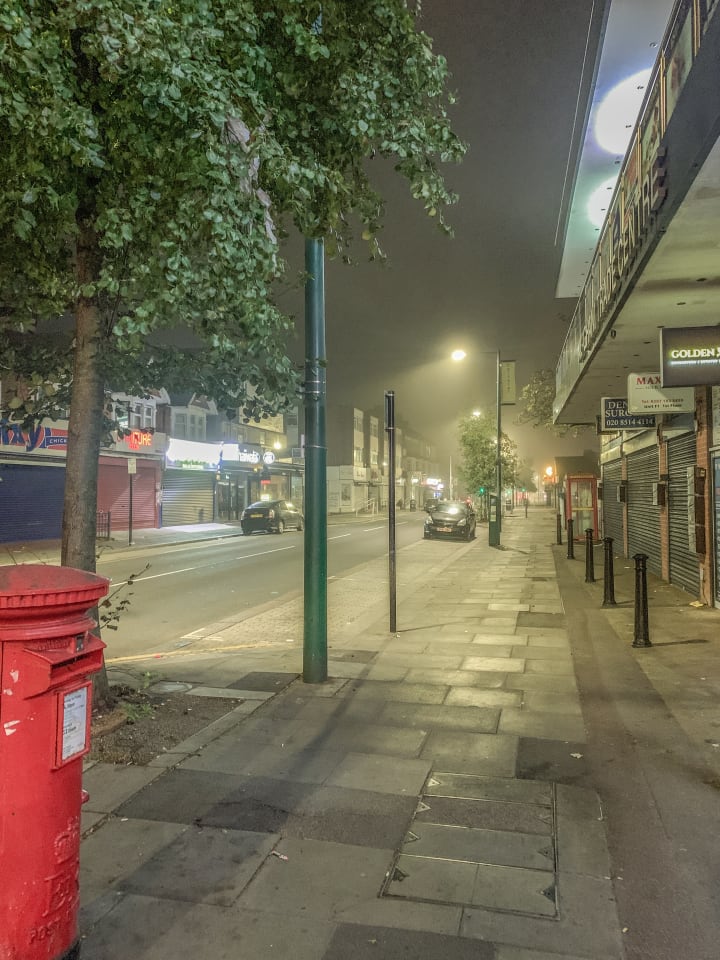The Secret of Lighting
True illumination from behind the camera

“Light is not just an element, but the essence that breathes life into images.”
Whether it is capturing the delicate contours of a portrait, the vibrant hues of a landscape or the intricate details of still life, lighting plays a tremendous role in shaping the mood and visual impact of a photo. Understanding the nuances of lighting is crucial for us to elevate our craft from snapshots to interesting works of art. It is not just about having the right equipment, it is about harnessing the light creatively to transport emotions, tell stories and evoke reactions from our viewers.
The moment we pick up our camera, we can no longer avoid the lighting. Each of the different areas of photography presents a special demand and challenge to us. Since I am primarily a nature/wildlife and travel photographer, I do not really know much about lighting for studio photography. However, a certain basic understanding is the same everywhere.
Although this is the field in which I struggle the most, it is also the one where I give the most advice. Actually, I only ever give one tip that nobody had taught me before, that I have developed with the time. But I will get to that later, after we discussed the basics of lighting.
We have to differentiate between the two basic options; when we think about exposure. We have the Natural Light, which the sun provides us with; and we have the Artificial Light, which we generate ourselves and can use more specifically. Both options present us with different challenges that we can overcome with a little technical understanding.
- NATURAL LIGHT - Despite its ever-changing qualities, it remains a favourite among us photographers for its versatility and, most of all, authenticity. The soft glow of dawn, the warm hues of golden hour, or the dramatic shadows of twilight and midday heat, each offers unique opportunities to sculpt images with depth and character. The usage of natural light involves keen observation, patience and an innate sense of timing to capture fleeting moments in their enchanting form.
- ARTIFICIAL LIGHT - Light sources such as strobes, continuous lights and LEDs provide us with an almighty control over the illumination. From shaping highlights and shadows to manipulate colour temperatures, it empowers us to create scenes that transcend reality, delving into realms of fantasy or surrealism. It even gives us the opportunity to paint mesmerizing scenes with the glow of various light sources, crafting ephemeral masterpieces in the darkness. If it comes to `Light Painting´ I even would include fire to the artificial light, even though it is a natural light source.

We need a basic understanding of the right lighting to create some awesome images and yet, we normally miss the right knowledge about the technique we use. In portrait and fashion photography, the lighting will be perceived differently compared to nature and wildlife photography. Even product and landscape photography have different usages and needs of the light.
The interplay of light and shadow can sculpt facial features, accentuate expressions, and convey mood. Whether it is the soft, diffused light of a window casting gentle shadows on a model’s face, or the dramatic contrast of a single spotlight highlighting contours and textures, the choice of lighting can profoundly influence the narrative and emotional resonance. In the landscape photography, the quality and direction of light can transform ordinary scenes into breathtaking vistas. Lighting serves as a powerful tool that we can explore and play with.
I often use the same lighting that experts recommend for portrait and fashion shootings when photographing nature and wildlife. While nature photography is normally closer to landscape photography, a form of a still-life-photography; wildlife is like portrait photography, only that we use animals as our models. There hardly is a right or wrong in what setting we use. But to do it right, we need to understand the technical devises better.
Although we normally focus on setting the “thing” in front of our camera in the desired light, this “thing” can do well without it. Nothing that we photograph needs the light to exist. The moment we understand that, we are open to create good images.
Over the last decade, people often sought my advise when it came to darker scenery and how they could improve or even take a shot of what they had in mind. They tried to do it without the flashlight, but the exposure stayed way to dark; then they tried to do it while using the flashlight, but the focus became overexposed. In both cases, they were unable to create the image their eyes saw.
What they did not understood, or what got lost in the narratives of almost all photography lessons; the motive does not need an additional light. But the camera cannot produce a single picture without light. No light and the picture will come out black. This is the key knowledge, we should never forget. The camera cannot fulfill its purpose without light.
When we don’t want to put the motive in an unnatural spotlight, but it is too dark to work without an artificial light, we need to take care that the camera gets it. And for that, we have two options:
- Option 1: we use an additional flashlight, however, we don’t direct it on the motive. I did this almost every time I shot wildlife in the semi-darkness while letting the flash go backwards, behind the camera and away from the motive. So the camera gets enough light without the motive being highlighted.
- Option 2: we use existing lights like street lamps. As long as there is light, the camera can produce the image, even when the motive is covered in darkness. The less light we have, the less opportunities we have to create an outstanding picture. But a street lamp can provide the camera with enough light to do a good landscape, nature shot. With people and wildlife, it might be more difficult, up to be impossible.

We always have to ensure that the camera gets enough light to create the image. The more advanced the technology got, the less known becomes this fact. By carefully orchestrating highlights and shadows, we can draw attention to key elements, create visual interests and evoke desired emotions from views. The moment we expose the motive to light, we also give the camera enough light. And sometimes we only need to give it to the camera to get the same effict as a great balanced exposure.
While living in Mauritius, I never left the house without the exterior flash; however, during the tour throughout Germany, I normally left it behind and used a headlight, as the minors have, just for the case that there would be no street lamp or any other given light source. The minor’s headlight is less heavy than the exterior flash light, so easier to carry around.
The moment we understand that the camera needs the light, we have almost endless possibilities to create awesome photos.
Thank you for reading!
About the Creator
Christian Bass
An author, who writes tales of human encounters with nature and wildlife. I dive into the depths of the human psyche, offering an insights into our connection with the world around us, inviting us on a journeys.
Enjoyed the story? Support the Creator.
Subscribe for free to receive all their stories in your feed. You could also pledge your support or give them a one-off tip, letting them know you appreciate their work.






Comments (3)
Interesting article, and great pictures.
Extremely informative, excellent article
I really like how the story makes lighting in photography easy to understand with simple tips that anyone can use to take better photos.